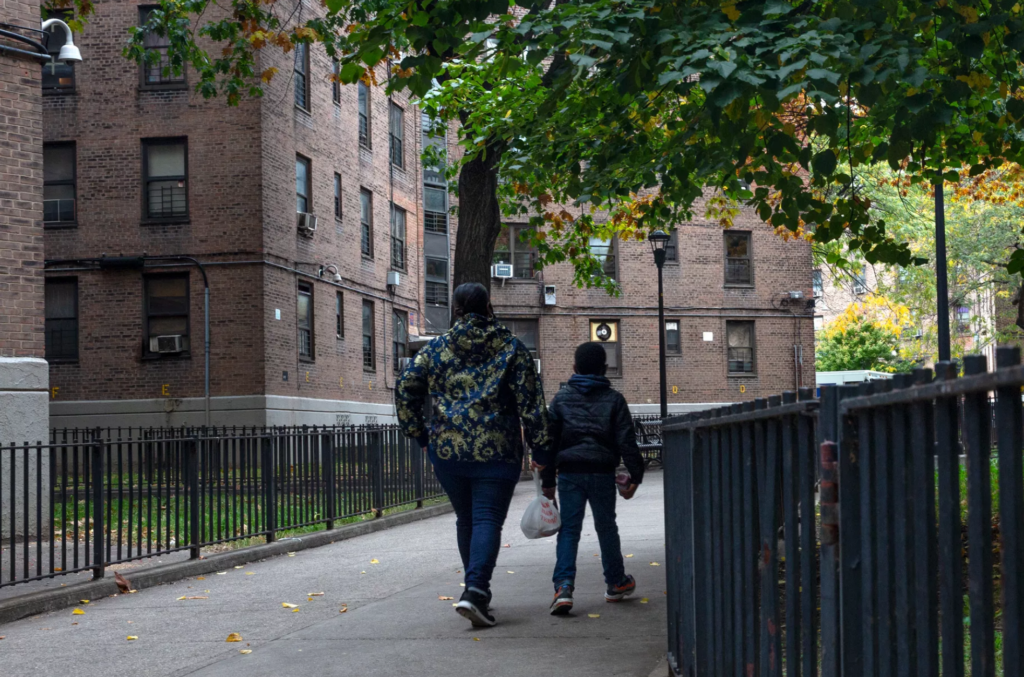Count of NYCHA apartments with lead paint — and kids — on pace to hit 20,000

 This story was originally published on Oct. 25 by THE CITY. Sign up here to get the latest stories from THE CITY delivered to you each morning.
This story was originally published on Oct. 25 by THE CITY. Sign up here to get the latest stories from THE CITY delivered to you each morning.
The number of public housing apartments where children under 6 are potentially exposed to lead poisoning is likely to more than double to 20,000 apartments, an examination by THE CITY found.
That’s far more than the 9,000 apartments believed to have lead paint that NYCHA last week said house young kids, who are particularly vulnerable to developmental damage caused by exposure to toxic lead paint chips and dust.

Brooklyn Boro
View MoreNew York City’s most populous borough, Brooklyn, is home to nearly 2.6 million residents. If Brooklyn were an independent city it would be the fourth largest city in the United States. While Brooklyn has become the epitome of ‘cool and hip’ in recent years, for those that were born here, raised families here and improved communities over the years, Brooklyn has never been ‘uncool’.